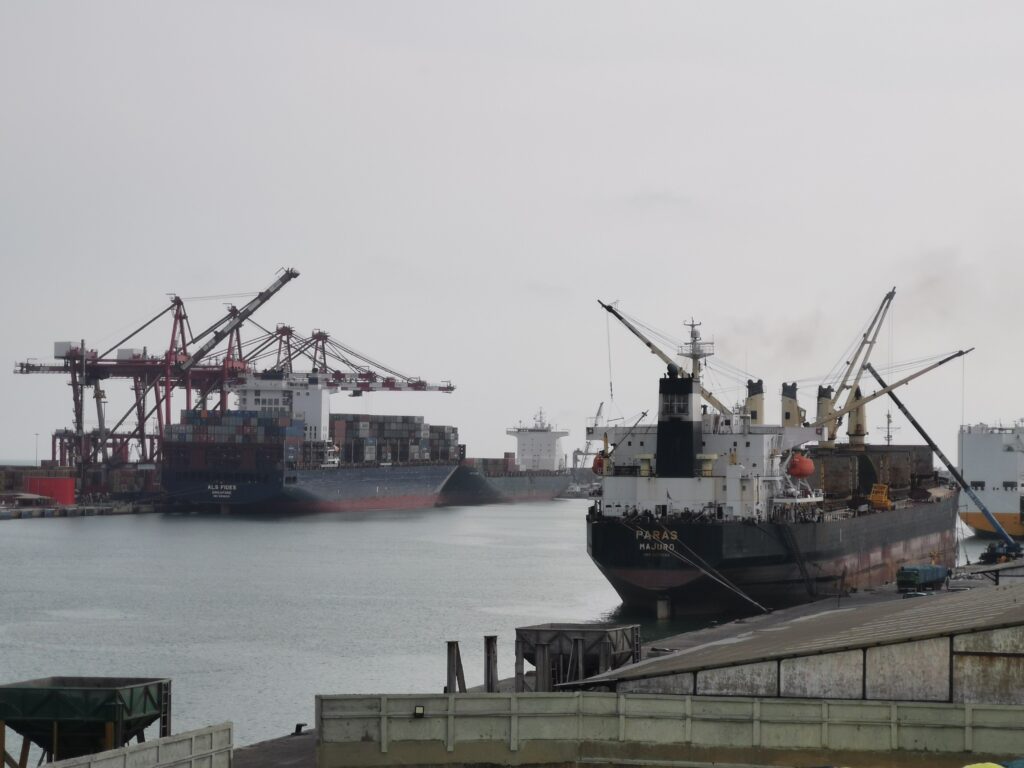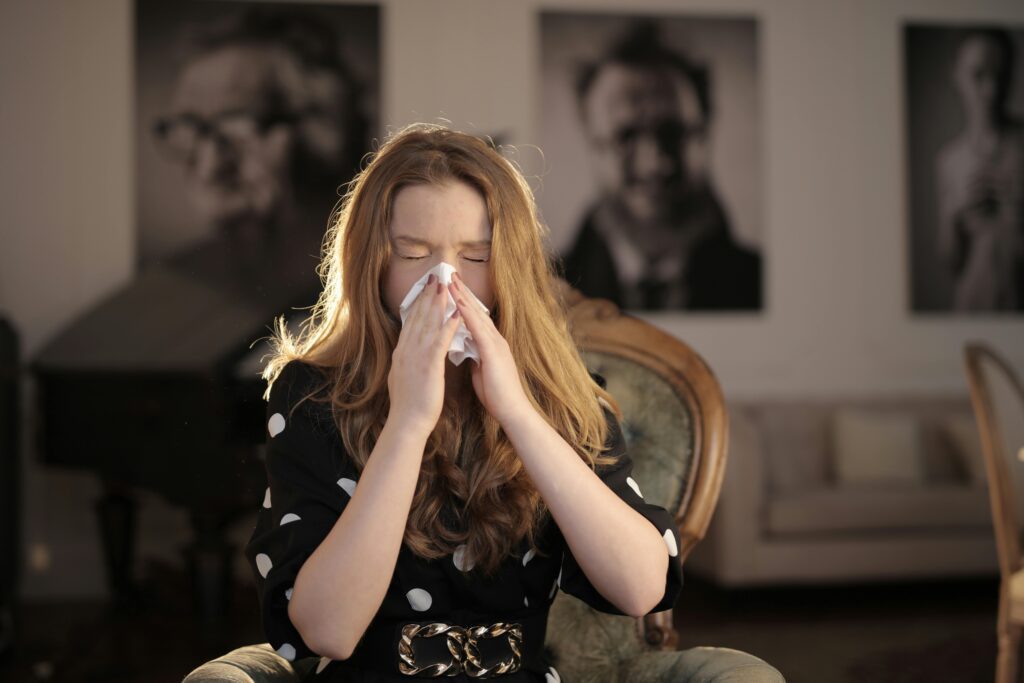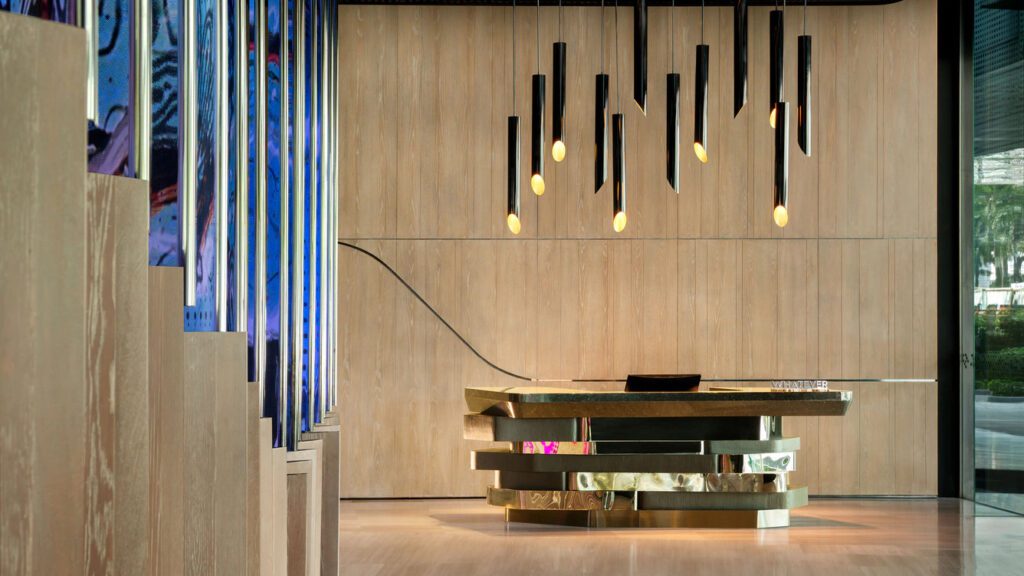Air quality standards
Fresh air is a fundamental requirement of life. The indoor air conditions in workplaces, educational centres, hospitals, public buildings, cities and urbanisations where people spend a large part of their life is an essential determinant of healthy life and people’s well-being. Hazardous substances emitted from building materials, transport, industrial zones and indoor equipment and furniture or due to human activities indoors, such as combustion of fuels for cooking or heating, lead to a broad range of health problems and may even be fatal. Therefore, local and international authorities are continuously working on the development and update of indoor and outdoor air quality standards for better health and well-being.
Belgium Air Quality Standards
Belgium air quality standards were described in “Besluit van de Vlaamse Regering houdende maatregelen tot bestrijding van de gezondheidsrisico’s door verontreiniging van het binnenmilieu” in June 2004, the same document was revised and updated by Vlaamse Regering on 13 of july 2018. The directive includes limits for inorganic and organic pollutants, recommendations for comfort parameters as well as standards for biological contaminants (mould and yeast). The overview of the most common air pollutants and parameters is given in table 1. Moreover, the table includes both the actual threshold limit and desired target values to be achieved in the coming years.

World Health Organisation Standards For Indoor Air Quality
World health organisation standards and threshold limits for indoor air quality described in multiple books: “WHO guidelines for indoor air quality: selected pollutants”, “Guidelines for indoor air quality – household fuel combustion ”. The overview of WHO indoor air quality limits are given in table 2.

European Commission Standards For Outdoor Air Quality
The European Commission is actively working on ambient air quality monitoring and emissions reduction. For instance, Directive 2008/50/EC introduced additional PM2.5 objectives targeting minimisation of exposure to fine particles. These objectives were entered into force in 2020 with the maximum ambient PM2.5 concentration of 18 µg/m3 (3 years average). The overview of the most common air pollutants limits is given in table 3

Learned something? Feel free to share.

PortuAIR
PortuAir is revolutionising air quality monitoring in ports with an innovative and connected approach. Thanks to smart sensors and real-time analysis, this solution provides a better understanding of the impact of port activities on the environment and public health. Discover how PortuAir is helping to create greener and more sustainable ports.

Pollen allergies: Why do they get worse and how can you protect yourself ?
Red eyes, runny nose, sneezing fits… For millions of people, the arrival of the summer months means suffering. But did you know that air quality plays a key role in the intensity of these allergies? Find out how pollution and pollen form an explosive cocktail for your health – and how to cope.

Marriot International
A 5-star Kuala Lumpur hotel achieved GreenRE Platinum, setting a new benchmark in eco-friendly and efficient hospitality.





